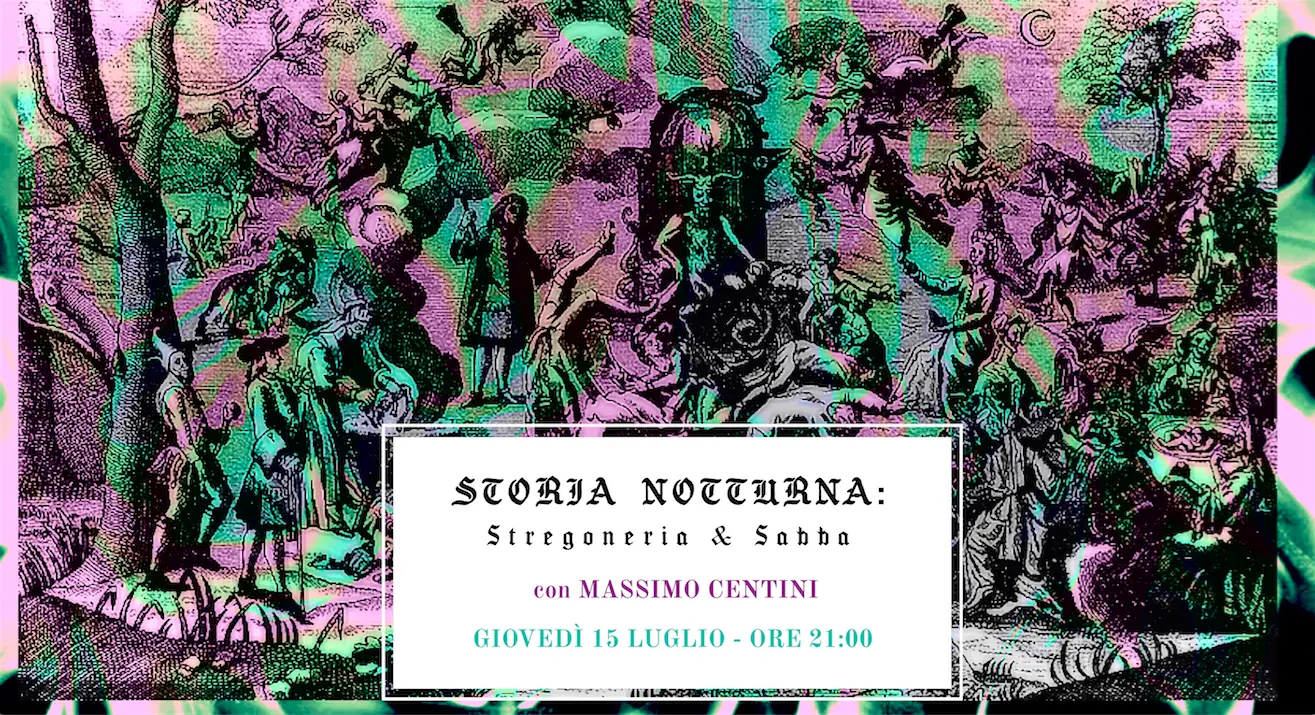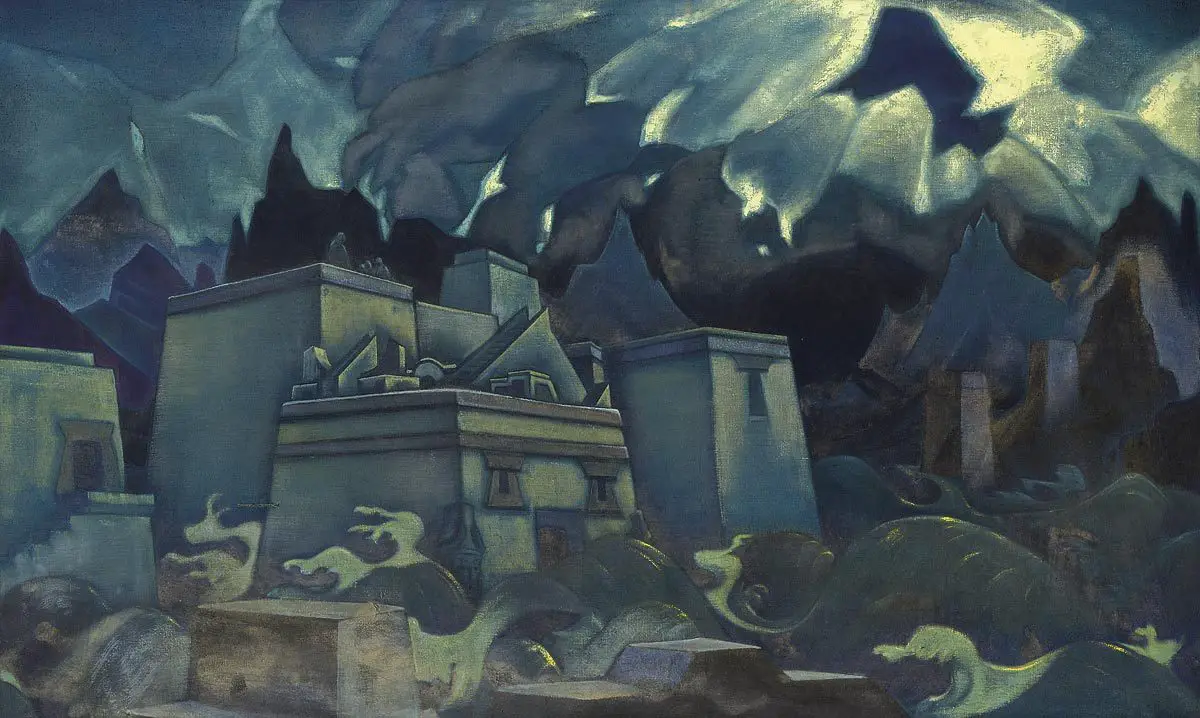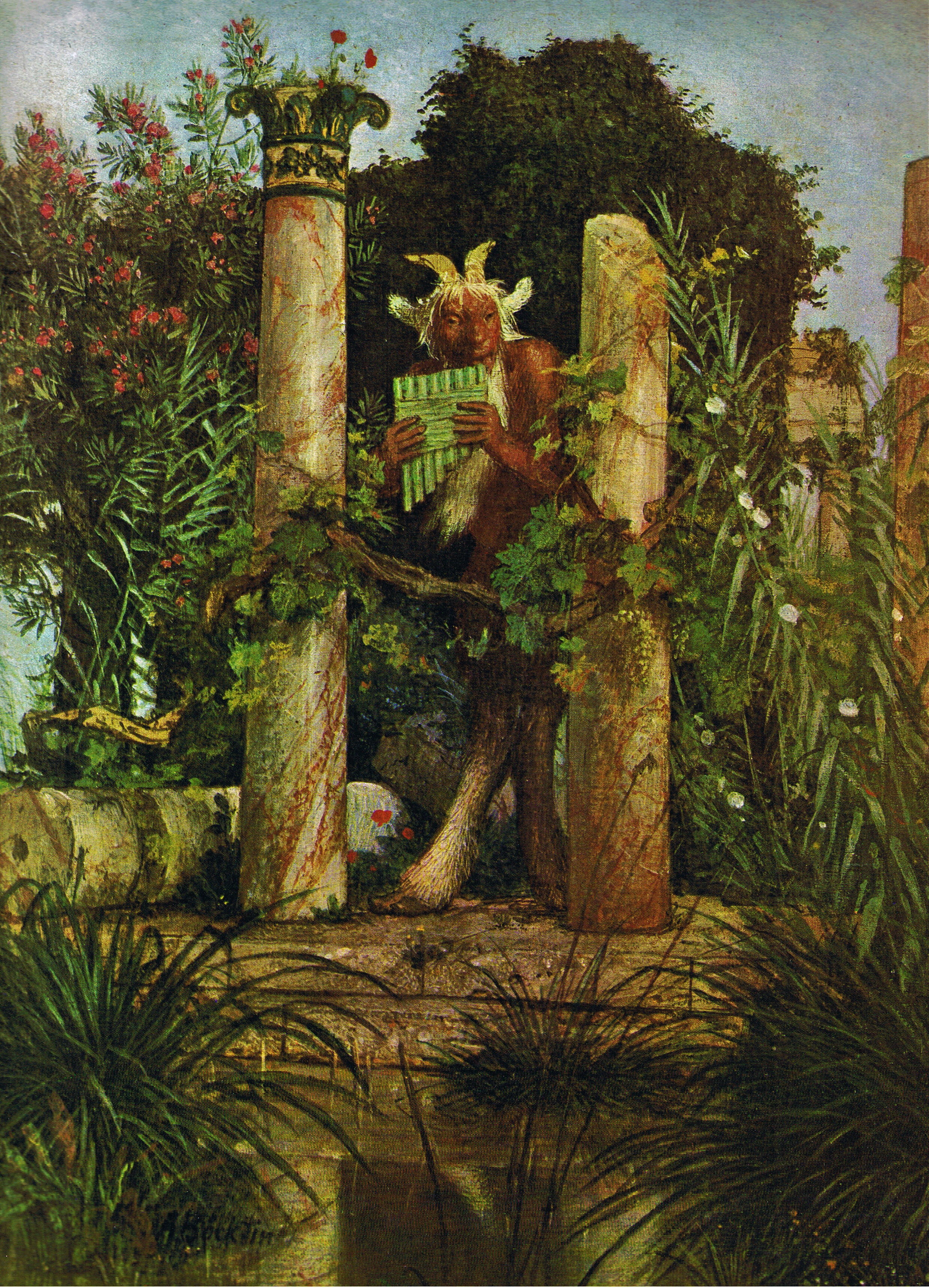Tag: Massimo Centini
The legend of the sunken city of Ys, the Breton Atlantis
The mythical tale that describes how the lost city of Ys was swallowed up by the waves of the ocean most likely derives from historical events that really happened around the fifth century AD, but, as Massimo Centini argues, for example, the moralistic emphasis of an event natural of limited proportions could reveal the attempt by the Christian invaders to strike at the previous Druid religion and its priestly class, especially the female one.
"True Detective": Childress, Pan and the Wildermann
In view of the release, scheduled for January 14, of the third season of "True Detective", we propose to our readers the cycle of articles we curated for YAWP on the esoteric elements of the successful television series.
From Pan to the Devil: the 'demonization' and the removal of ancient European cults
di Marco Maculotti
cover: Arnold Böcklin, “Pan, the Syrinx-Blowing”, 1827
We have previously had the opportunity to see that, in the first centuries of our era and even during the medieval era, the cd. "Rural paganism" it kept its diffusion unchanged, especially in the areas further away from the large inhabited centers. St. Maximus noted that "in the fourth century (...) the first missionaries passed from city to city and rapidly spread the Gospel over a very large area, but they did not even touch the surrounding countryside", Then adding that" even in the fifth and sixth centuries, when most of them had long since been converted, in Gaul and Spain the Church, as shown by the repeated canons of the councils of the time, encountered great difficulty in suppressing the ancient rites with which peasants from time immemorial averted plagues e they increased the fertility of the flocks and fields"[AA Barb, cit. in Centini, p.101].




